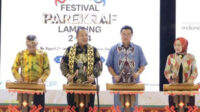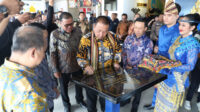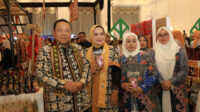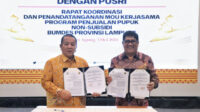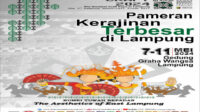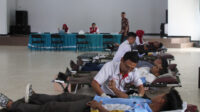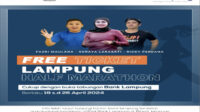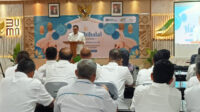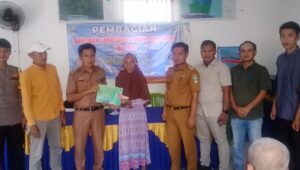
In 1569 the Union of Lublin created the Polish–Lithuanian Commonwealth, and there were large areas of Ukraine passed from Lithuania to the Crown of Poland, becoming de jure Polish territories.
Under demographic, cultural and political pressure from the Polonization, which began in the late 14th century, many Ruthenian (another name for the land of Rus) nobles converted to Catholicism and became indistinguishable from the Polish nobility.
Abandoned by the original patronage among the Rus nobility, the common people (villagers and townspeople) began to turn their patronage over to the burgeoning Zaporozhian Cossacks, who from the 17th century became devout Orthodox Christians. The Cossacks did not shy away from taking up arms against those they considered their enemies, including the Polish state and its local representatives.
Formed from the Golden Horde territories that were subdued after the Mongol expansion, the Crimean Khanate remained the largest power in Eastern Europe until the 18th century; in 1571 the Crimean Khanate captured and destroyed Moscow.
The border lands suffered from annual Tatar raids. From the early 16th century to the late 17th century, the Crimean Tatar slave-raising association exported some two million slaves from Russia and Ukraine. According to Orest Subtelny, “from 1450 to 1586, 86 Tatar raids were recorded, and from 1600 to 1647, 70 raids.”
In 1688, the Tatars took 60,000 Ukrainians prisoner. The Tatar invasions took heavy casualties, discouraging the inhabitants of more southerly areas, where the soil was better and the growing season was longer. The last remnants of the Crimean Khanate were finally conquered by the Russian Empire in 1783. The Taurida Governorate was created to administer this territory.
The Cossack hetmanat is seen as the direct ancestor of modern Ukraine
In the mid-17th century, a military Cossack semi-state, Host Zaporozhia, was formed by Cossacks from the Dnieper and by peasants from Ruthenia who had fled from Polish slavery.
Poland exercised little real control over this population, but it recognized that the Cossacks could be used against Turks and Tatars, and the two were sometimes allies in military campaigns. But the continued cruel enslavement of the peasantry by the Polish nobility and especially repression by the Orthodox Church alienated the Cossacks.
The Cossacks sought to send representatives to the Sejm (lower house of the Polish parliament), recognize Orthodox traditions, and the gradual development of the Registered Cossacks. This attempt was rebuffed by the Polish nobles, who dominated the Sejm.
Several countries have existed in what is now Ukraine since its founding. Most of these areas are located in Eastern Europe. However, as shown on the map, they are found to extend to Eurasia and Southeastern Europe at times. At other times they were no different from the modern Ukrainian state, these territories having been annexed by their more powerful neighbours. (source: Wikipedia)




